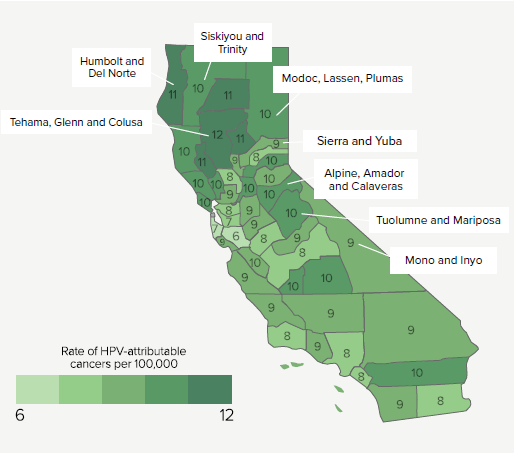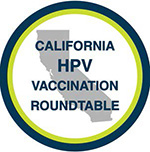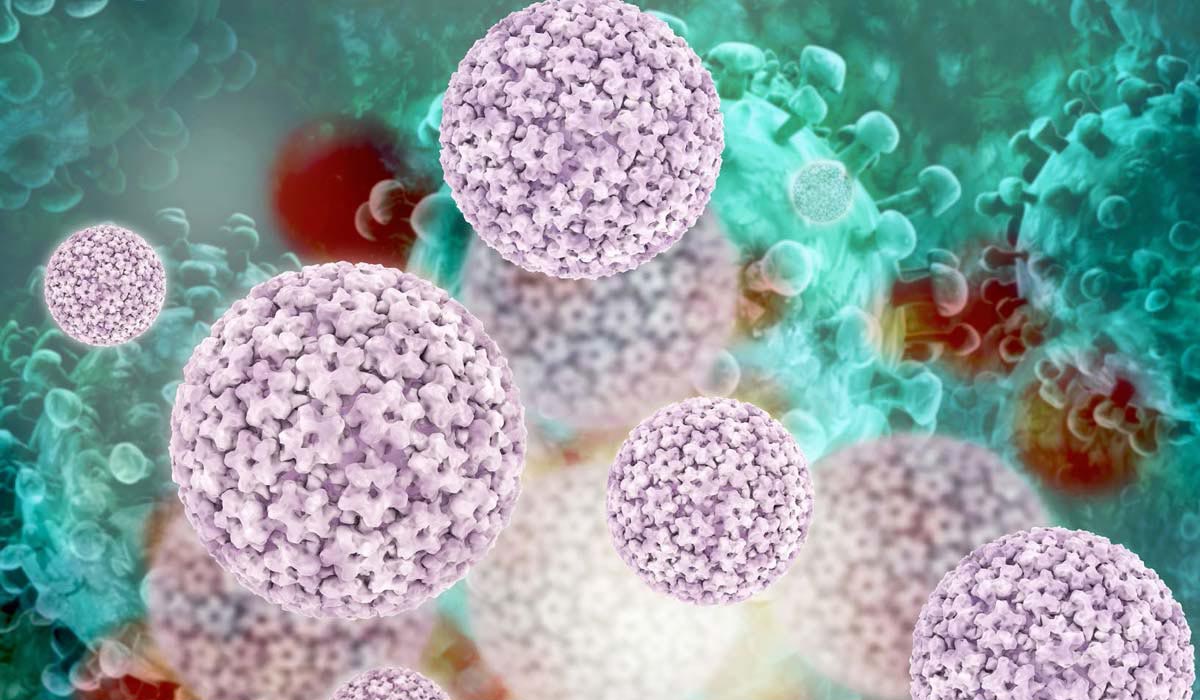The American Cancer Society (ACS) recommends young people get the vaccine between the ages of 9 to 12, before they become sexually active. Most cervical cancers are caused by HPV, which is the most common sexually transmitted infection. The Centers for Disease Control and Prevention reports that 9 out of 10 cervical cancers are caused by HPV, making it among the most preventable cancers.

Julie Dang, executive director of the UC Davis Comprehensive Cancer Center’s Office of Community Outreach and Engagement, is co-chair of the California HPV Vaccination Roundtable’s Engaging Health Systems and Providers Workgroup, which launched “The HPV Vaccination Learning Collaborative.”
“HPV vaccination rates are down due to the COVID-19 pandemic, and we are concerned this is putting teens and young people at risk of developing HPV-related cancers later in life,” Dang said.

The HPV Vaccination Learning Collaborative is held quarterly throughout the year to raise awareness among health care professionals about the importance of increasing HPV vaccination rates in California as a means to help prevent cancer later in life.
“We hope this series of open forums will help educate the medical community and allow us to share best practices,” Dang explained.
The Centers for Disease Control and Prevention estimates that HPV is responsible for more than 90% of anal and cervical cancers, about 70% of vaginal and vulvar cancers, and 60% of penile cancers. Other cancers suspected of having a link to HPV include cancers of the throat and tongue.
Testing for cervical cancer
Until the mid-20th century, cervical cancer was commonly undetected in women until advancing to lethal stages, but the death rate fell after Pap tests became routine in the early 1940s.The vast majority of women whose cervical cancer is detected early, while it is still localized, can be treated successfully.
In recent years, an HPV test was approved as another screening test of cervical cancer. The HPV test is designed to detect infection by high-risk types of HPV that are more likely to cause pre-cancers and cancers of the cervix. The HPV test can be used alone (primary HPV test) or at the same time as the Pap test (called a co-test).
The American Cancer Society has updated its guidelines for cervical cancer screening. The new guidelines recommend an HPV test every five years for people with a cervix who are aged 25 to 65 years and have an average risk for cervical cancer. Co-testing that combines an HPV test with a Pap test every five years is another option. If no HPV test is available, a Pap test alone should be done every three years.






